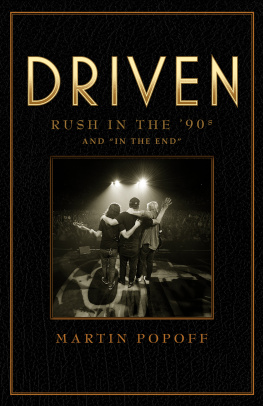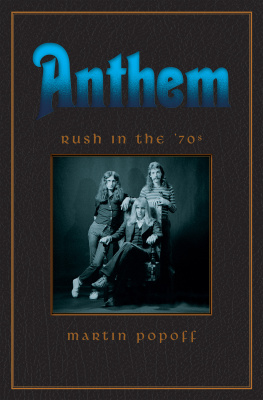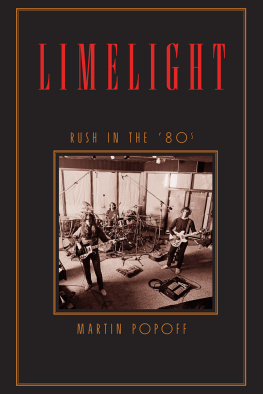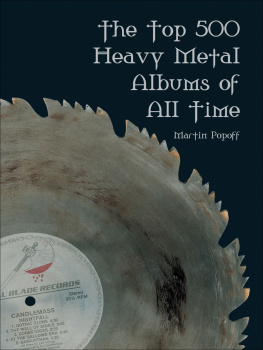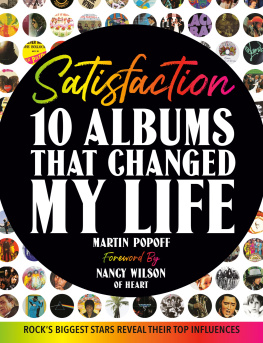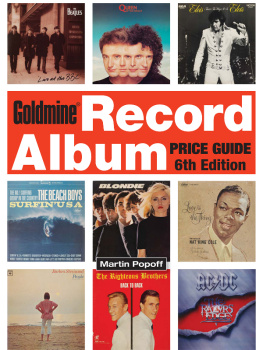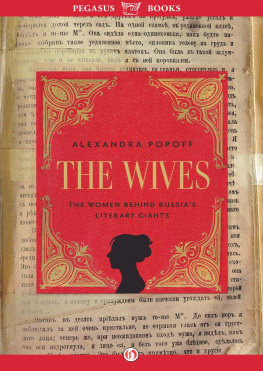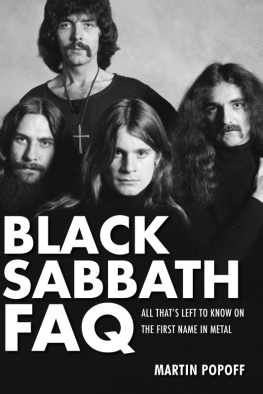Martin Popoff - Driven: Rush in the 90s and In the End
Here you can read online Martin Popoff - Driven: Rush in the 90s and In the End full text of the book (entire story) in english for free. Download pdf and epub, get meaning, cover and reviews about this ebook. year: 2020, publisher: ECW Press, genre: Art. Description of the work, (preface) as well as reviews are available. Best literature library LitArk.com created for fans of good reading and offers a wide selection of genres:
Romance novel
Science fiction
Adventure
Detective
Science
History
Home and family
Prose
Art
Politics
Computer
Non-fiction
Religion
Business
Children
Humor
Choose a favorite category and find really read worthwhile books. Enjoy immersion in the world of imagination, feel the emotions of the characters or learn something new for yourself, make an fascinating discovery.
- Book:Driven: Rush in the 90s and In the End
- Author:
- Publisher:ECW Press
- Genre:
- Year:2020
- Rating:4 / 5
- Favourites:Add to favourites
- Your mark:
- 80
- 1
- 2
- 3
- 4
- 5
Driven: Rush in the 90s and In the End: summary, description and annotation
We offer to read an annotation, description, summary or preface (depends on what the author of the book "Driven: Rush in the 90s and In the End" wrote himself). If you haven't found the necessary information about the book — write in the comments, we will try to find it.
Driven: Rush in the 90s and In the End — read online for free the complete book (whole text) full work
Below is the text of the book, divided by pages. System saving the place of the last page read, allows you to conveniently read the book "Driven: Rush in the 90s and In the End" online for free, without having to search again every time where you left off. Put a bookmark, and you can go to the page where you finished reading at any time.
Font size:
Interval:
Bookmark:
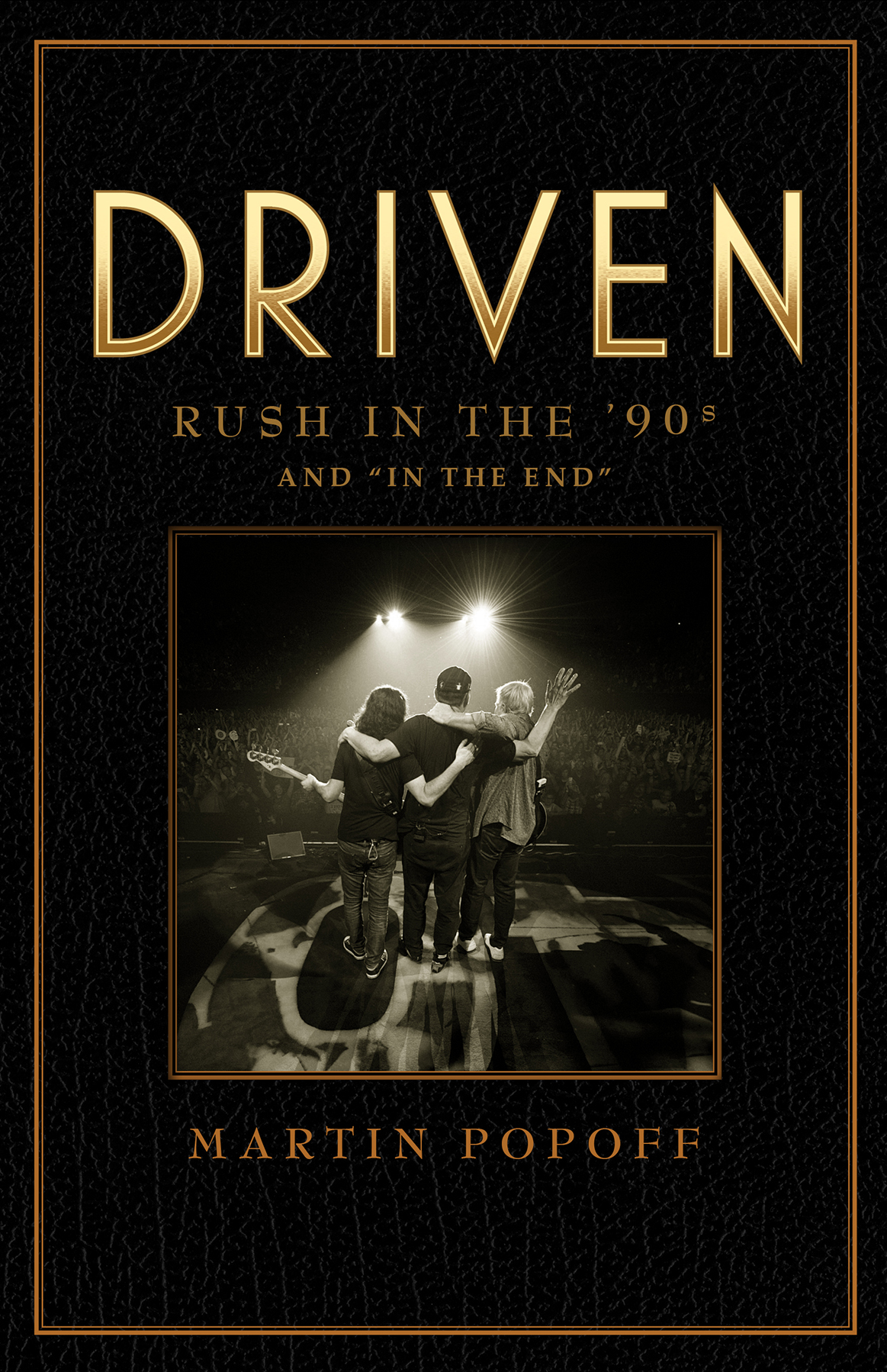
Martin Popoff

The book you now hold in your hands marks the conclusion of a trilogy, a long journey down the path of progressive metal greatness. It started with Anthem: Rush in the 70s and was perpetuated and provoked by Limelight: Rush in the 80s, and it concludes now, beyond bittersweet, after the death of Neil Peart from brain cancer on January 7, 2020.
The dark news came to light near the end of the production process for Anthem and Limelight, so in those books Neil remains forever alive and disseminating his wisdoms as the Professor. But the tragic end to one of rocks towering greats cant be avoided any longer, and so it is part of this story.
For now, however, some background for you, on the subject of this book. If you are wondering why or indeed how this book exists, let me explain, quoting more or less verbatim from the intro of the first book from way, way back, Anthem, if I may.
There I wrote:
As you may be aware, this is my fourth Rush book, following Contents Under Pressure: 30 Years of Rush at Home & Away, Rush: The Illustrated History and Rush: Album by Album. And since those, there have been a number of interesting developments that made me want to write this one. To start, only one of those three books, Contents, was a traditional biography an authorized one at that but it was quite short, and given that it came out in 2004 before Rush was officially retired, it was in need of an update. I thought about it, but I wasnt feeling it, not without some vigorous additions.
That, fortunately, took care of itself. In the early 2010s, I found myself working with Sam Dunn and Scot McFadyen at Banger Films on the award-winning documentary Rush: Beyond the Lighted Stage. Anybody who works in docs will tell you that between the different speakers and non-talk footage that has to get into what might end up a ninety-minute film, only a tiny percentage of the interview footage ever gets used, the rest just sits in archive, rarely seen or heard by anyone. Long and short of it, I arranged to use that archive, along with more interviews Id done over the years, plus the odd quote from the available press, to get this book to the point where I felt it was bringing something new and significant to the table of Rush books.
So there you have it, thanks in large part to those guys as well as the kind consent of Pegi Cecconi at the Rush office the book you hold in your hands more than ably supplants Contents Under Pressure and stands as the most strident and detailed analysis of the Rush catalogue in existence.
Now, to the present tome, what to make of Rush in the 90s and in the end, so to speak, the 2000s and the 2010s, right up until the bands retirement in 2015 and the great loss to family and friends resulting from Neils being taken from us in 2020?
Obviously, well get to that, but this is the place for a spot of personal reflection, so here goes. As an angry metalhead more excited by what Pantera was doing to music now that they had Phil and a major label deal, the twee tones of Roll the Bones had me casting that record aside pretty quick. Sure, theres always excitement around a Rush album, and this one for some reason generated a bit more than usual, but still, I wasnt happy.
When Counterparts launched, to my mind, Rush was back the music was full-bodied, the writing not appreciably different, but it wasnt hobbled by a lightness that brought the already underpopulated trio down to what seemed like 2.5 or 2.25 members. I loved the record, loved the resonance of the bass, the boom of the drums, the authority howling out of the guitars. Test for Echo left me cold, like the album cover, and then right after, we all had to deal with the shock of the horror that was Neils personal life after the death of his daughter, Selena, and then his common-law wife, Jackie. Maybe it was the end of Rush: Alex and Geddy both had solo albums (that sounded like Rush in the 90s), and there were a hundred other flavors. Yes, maybe this was the end.
Fortunately, it was not to be. Neil mended as best as could be expected under the circumstances, and the band returned with a masterful new record, Vapor Trails. I dont know what it is about this record, but putting aside the dark wisdom of its lyrics, its arguably the best of a top-shelf canon thus far. I felt like this was the first time since Grace Under Pressure that the band had created a whole new style of music, and it was art at the same time. I loved the record still do old mix, remix. Ive always got time for Vapor Trails.
So then a weird thing happens. I do the Contents Under Pressure book and then work at Banger on the movie. Add another couple of Rush books later on, get interviewed for a couple of Rush docs, and suddenly, Rush reminds me of work. I imagine thats where I am any time I even think to put a Rush record on (this reticence fades, fortunately). But yes, here I am living in Toronto, and its all Rush all the time and Im full up. But then God love the guys Snakes & Arrows is issued, and its all fresh again. Something has shifted since Vapor Trails. Whether its new producer Nick Raskulinecz or just the bands typical rapid growth, suddenly theres a new sound, if I can generalize, one characterized by warmth along with acoustic guitars massaged in with electrics.
Next came Clockwork Angels and little did we know it would be the last. Not only was this a record that lived lively like its predecessor, but there was an additional heaviness due to the subtraction of the acoustics. Whats more, Rush delivered their first concept album proper after stopping at a full side in the past. Here they barreled on through a somewhat befuddling plot, but one brimming with rich imagery with the addition of steampunk to the stew, which was stressed more through the stage sets of the tour.
Then it was all over with a languid goodbye, the band touring the record proper and then embarking on something called R40, a fortieth anniversary tour that found the band playing songs from their catalogue in reverse chronological order, making progressively modest their stage set in tandem, until there they were, three kids rocking songs from 1974.
Four years and five months after the bands last show, the shocking news reverberated through the rock community that Neil had died, and it was horribly clear to all that the soft retirement of Rush was final. More, unfortunately, on this later, but there you go. Thats where Rush ends and thats where we can end this set of three books, this particular tome celebrating the biggest expanse of years and the worst news imaginable, but on the happy side, there is a raft of records similar to those covered in both Anthem and Limelight. In any event, thanks for reading along. Whether you parachuted in here with modern Rush or have been following the bouncing ball since the first book, Im glad to share my deep appreciation of Rush with you. Without further ado, in the immortal words of the Professor, Why are we here? Because were here. Roll the bones.
Martin Popoff
Roll the Bones
We keep looking for the better version of Rush.
Heres how the 90s started for Rush.
One week after Geddy, Alex and Neil would propose an austere something-or-other called
Font size:
Interval:
Bookmark:
Similar books «Driven: Rush in the 90s and In the End»
Look at similar books to Driven: Rush in the 90s and In the End. We have selected literature similar in name and meaning in the hope of providing readers with more options to find new, interesting, not yet read works.
Discussion, reviews of the book Driven: Rush in the 90s and In the End and just readers' own opinions. Leave your comments, write what you think about the work, its meaning or the main characters. Specify what exactly you liked and what you didn't like, and why you think so.

